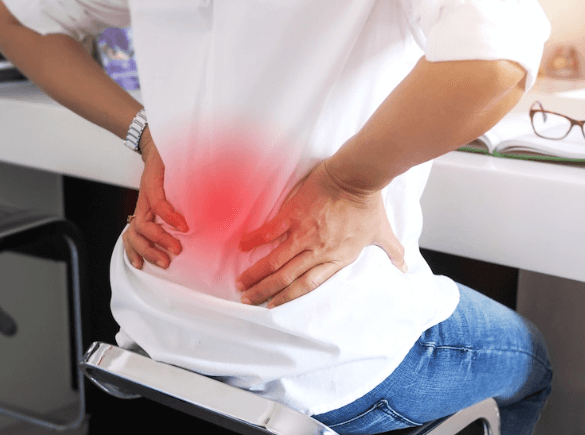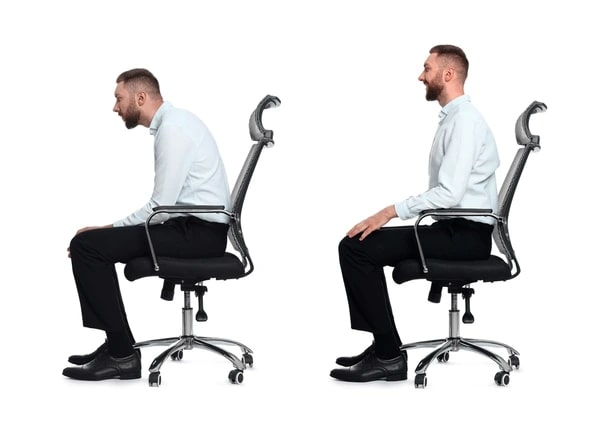The Role of Robotics and Navigation Systems in Advancing Minimally Invasive Spine Surgery: A Guide for Patients in Chennai
By Dr. Vignesh Pushparaj, Minimally Invasive Spine Surgeon in Chennai
For many patients in Chennai suffering from back and neck conditions, minimally invasive spine surgery (Minimally Invasive Spine Surgery) has become a beacon of hope.
This innovative approach offers a significant departure from traditional open spine surgery, with its larger incisions, extensive muscle dissection, and longer recovery times.
Minimally Invasive Spine Surgery, on the other hand, prioritizes smaller incisions, resulting in less blood loss, faster healing, and minimized post-surgical pain.
However, despite its numerous advantages, Minimally Invasive Spine Surgery also presents inherent challenges. The limited visualization due to smaller incisions and the intricate nature of the spine itself can make precise manoeuvring during surgery difficult.
This can potentially increase the risk of nerve injury or screw misplacement.

How Robotics and Navigation Systems are Revolutionizing MISS?
Fortunately, the field of Minimally Invasive Spine Surgery is constantly evolving, and recent advancements in robotics and navigation systems are revolutionizing the way spine surgery is performed.
These technologies are empowering surgeons like me to achieve even greater precision and control during procedures, leading to improved patient outcomes.
Robotic Assistance in Minimally Invasive Spine Surgery
Robotic systems in Minimally Invasive Spine Surgery function as an extension of the surgeon’s hands, providing unparalleled stability and dexterity during delicate maneuvers.
Imagine a system that translates your hand movements into precise movements within the surgical field, minimizing tremor and allowing for steadier manipulation of instruments.
This translates to several key advantages for patients:
- Improved Accuracy of Pedicle Screw Placement: Precise screw placement is crucial for spinal stability. Robotics significantly reduces the risk of screw misplacement, which can lead to nerve damage or implant failure.
- Reduced Risk of Nerve Injury: The delicate nerves surrounding the spine are highly vulnerable during surgery. Robotic assistance provides enhanced control, minimizing the risk of inadvertent nerve injury.
- Minimized Tremor for Steadier Movements: Even the slightest tremor in the surgeon’s hand can be magnified during MISS. Robotics helps eliminate this tremor, leading to steadier movements and a safer surgical environment.
- Potential for Smaller Incisions: With the enhanced precision offered by robotics, surgeons may be able to utilize even smaller incisions, further reducing muscle damage and accelerating recovery.
Navigation Systems in Minimally Invasive Spine Surgery
Think of navigation systems as a real-time GPS for the spine. These advanced tools provide surgeons with a detailed 3D map of the patient’s specific anatomy, including bones, nerves, and blood vessels.
This allows for:
- Enhanced Visualization of the Surgical Field: The limited view during MISS can be significantly improved with navigation systems. Surgeons can see a virtual representation of the surgical field on a monitor, guiding their movements with greater accuracy.
- Reduced Reliance on Fluoroscopy: Fluoroscopy, which uses X-rays to visualize the spine during surgery, exposes both the patient and the surgical team to radiation. Navigation systems can significantly reduce the need for fluoroscopy, minimizing radiation exposure.
- Improved Screw Placement Accuracy: Similar to robotics, navigation systems aid in achieving optimal screw placement, reducing the risk of complications.
- Shorter Operative Times: With enhanced visualization and improved surgical efficiency, navigation systems can potentially shorten operative times, leading to faster patient recovery.
Benefits of Robotics and Navigation Systems for Patients in Chennai
Now, let’s translate these advancements into real benefits for patients in Chennai seeking minimally invasive spine surgery:
- Faster Recovery Times and Shorter Hospital Stays: With smaller incisions, less blood loss, and improved surgical efficiency, patients utilizing MISS with robotics and navigation typically experience faster recovery times and shorter hospital stays compared to traditional open surgery.
- Reduced Pain and Blood Loss: The minimally invasive nature of the surgery combined with the precision of robotics and navigation leads to reduced pain and blood loss during and after surgery.
- Lower Risk of Complications: The enhanced accuracy of these technologies minimizes the risk of complications associated with MISS, such as nerve injury or infection.
- Improved Long-Term Spinal Health: With optimal screw placement and minimal disruption of surrounding tissues, MISS with robotics and navigation can contribute to improved long-term spinal health and function.
Considering Minimally Invasive Spine Surgery with Robotics and Navigation in Chennai
If you are experiencing chronic back or neck pain and are considering spine surgery in Chennai, Minimally Invasive Spine Surgery with robotics and navigation may be a suitable option for you.
However, it’s important to consult with a qualified and experienced minimally invasive spine surgeon to determine if you are a good candidate for this procedure.
Dr. Vignesh Pushparaj: Your Minimally Invasive Spine Surgeon in Chennai
As a leading Minimally Invasive Spine Surgeon in Chennai with extensive experience in utilizing robotics and navigation systems, I am committed to providing patients with the latest advancements in spine surgery.
I believe these technologies offer significant advantages for achieving optimal patient outcomes.






0 Comments